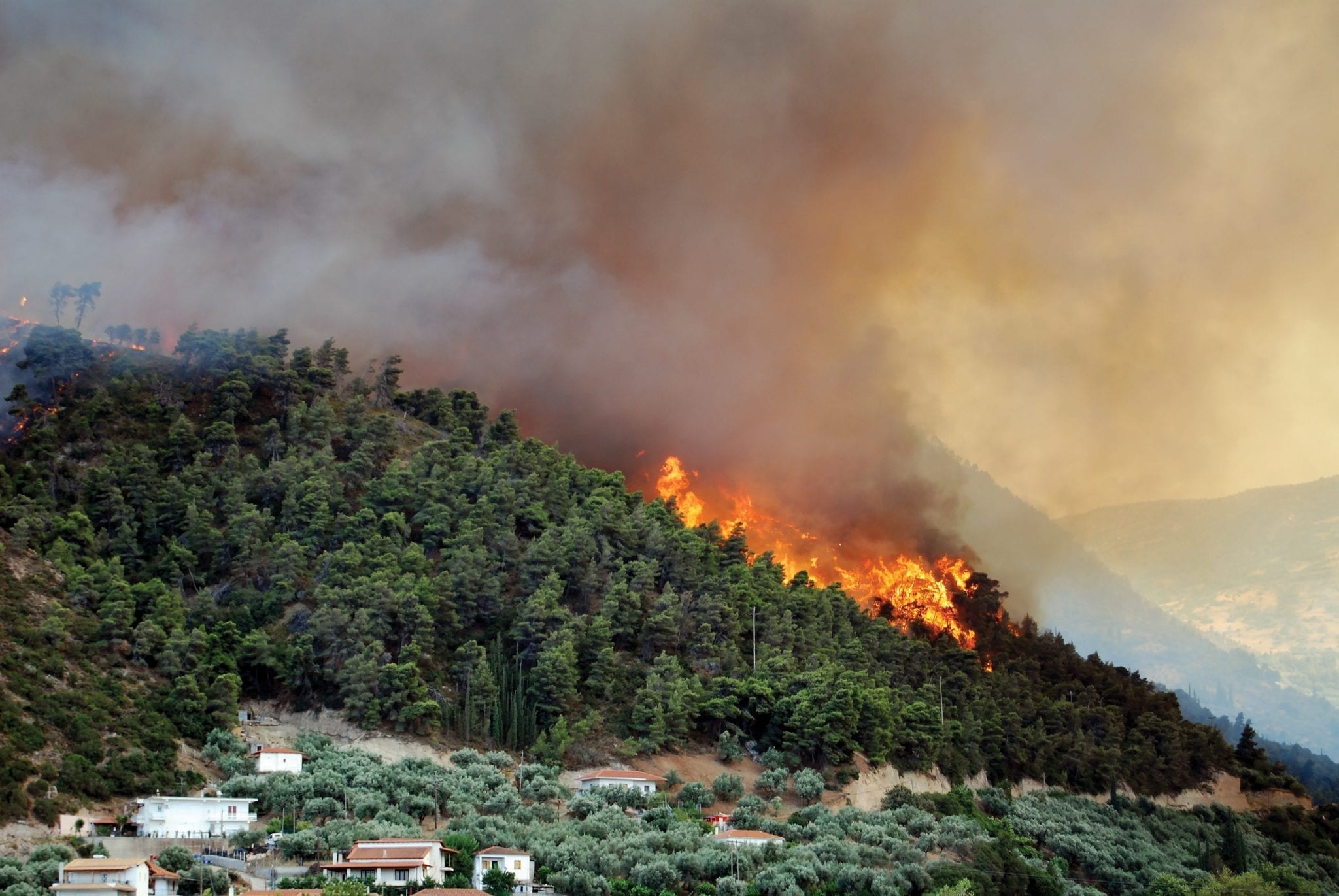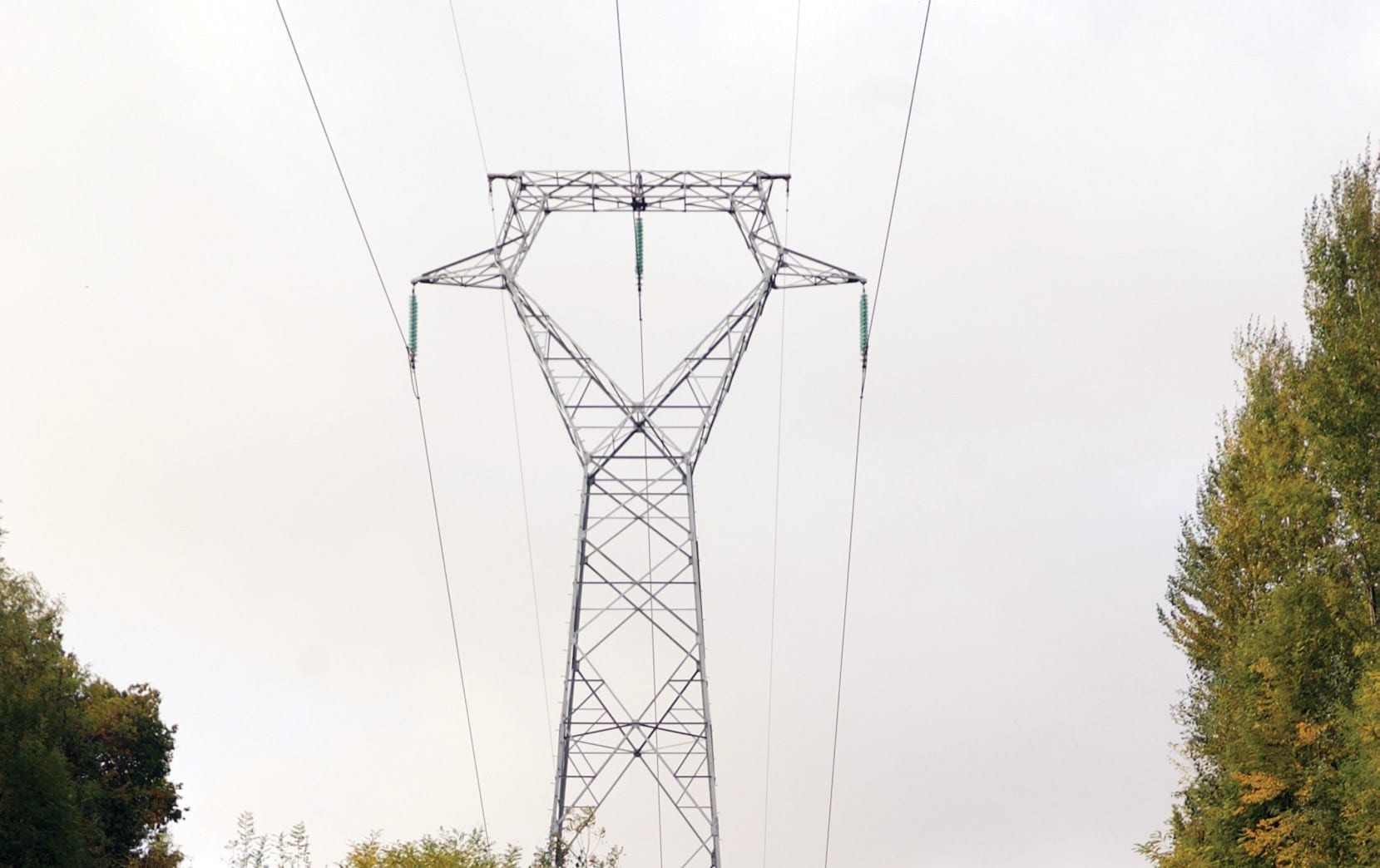The Energy Transition, Power Lines and People
A Great Opportunity for New European Leaders
The European energy landscape is experiencing a huge transformation and the Clean Energy for All Europeans package puts citizens at the center of this transition, but opposition to new energy infrastructure, grids and renewable technologies at the local level persists. Although this is not a new phenomenon, decision-makers remain uncertain on how to deal with the lack of social acceptability.
Technological developments offer citizens unprecedented possibilities to participate in the energy transformation – for example via the production and consumption of self-generated power. However, despite this, many social aspects of the energy transition are still hardly understood, insufficiently addressed and in some cases, also just simply ignored. We need to increase general communication efforts to better understand and address the societal elements of the energy transition.
How the changing energy system landscape is socially constructed and embedded will play a crucial role in its final functioning. This is of special importance, because the decarbonization pathway can only be successfully and timely achieved, if done with the support of society at large. Traditionally, there is a belief that involving civil society and citizens in decision-making processes, especially related to large infrastructure projects, is time-consuming, costly and often useless. This is wrong!
This belief has shaped policies and processes for decades, but in the past years forward-looking actors have started to realize that, although it is challenging, meaningful stakeholder engagement actually creates huge opportunities for all actors involved. Europe needs to discover and embrace its role in supporting local realities, protecting the interests of citizens not as a generic whole, but as individuals, while achieving the agreed targets of energy security and climate protection.
The energy transition is a unique opportunity for a new, more dynamic and local Europe.
Building electricity grids is a very complicated and lengthy process, and most often are confronted with strong public opposition. It is still not clear how grids contribute to decarbonization and how they support the growth of renewable energies. Many consider that in an increasingly decentralized world, where you can generate, store and consume your own electricity, there is no space for huge pylons and high-voltage transmission lines.
This, however, is a rather simplistic view of the world. Actually, we live in a world that is highly connected, relies on electricity and needs to be fully decarbonized in every single sector. This incredible connectivity will enable areas even with low renewable resources to contribute to a common decarbonization effort by accessing energy from a neighbouring country or “next door”. We should consider grids as one of the many enablers, some of which are yet to be discovered.
In Europe, the energy system is increasingly made up of many distributed resources, differing in size and scale that are all interconnected with each other. We are learning how to operate such a system while inventing it. The transmission system operators already play an important role in developing solutions, proving they work and are scalable. While they are not alone in this field, they have a special role in dealing with local communities when planning and deploying their projects.
The energy transition is a unique opportunity for a new, more dynamic and local role for Europe. Energy infrastructure is deployed among people, by people and for people. Decisions that lead to the definition of what is needed to realize a sustainable, affordable and secure energy future should also be taken together with people. This is not easy, but in the current political environment, in which trust in institutions is low and nationalistic sentiments are on the rise, we believe this is necessary.
Often energy infrastructure, like the projects of common European interests (PCIs) or national grid projects, are promoted for their European role or for meeting national needs and interests. The result is that local communities directly affected by power lines and increasingly by large wind and solar projects, feel that they bear all impacts, but share no benefits. Policies in most of the European countries, foresee stakeholder engagement processes to be carried out in different phases of grid planning and project development.
Similarly, renewable energy siting is also consulted with the general public. This has been an important first step, but it is not sufficient. Meaningful stakeholder engagement processes should be designed to co-create solutions with local communities, which would recognize and combine the European and national energy targets with local needs. There is no single ready-made recipe on how to do it and there never will be universal “one-size-fits-all” solutions that can be applied at local levels.
A grid corridor, if connected to another, can provide a green area for migratory species and ecosystems protection.
We do have a clear understanding that time and resources should be allocated to explore, with creativity and flexibility, how to define and achieve common goals. If in place, such activities and processes provide a huge learning opportunity for all parties involved and mutual learning helps to reduce power asymmetries, by avoiding the Dunning-Kruger Effect, where positions of “better-knowers” and often underestimated local knowledge from citizens, are balanced and smoothened.

All in all, an approach involving local actors to make better decisions related to specific projects and to more general energy, climate and environmental policies. Stakeholder engagement implies active participation in shaping decisions and finding joint solutions. It is an inclusive and holistic process, which can comprise and address a large number of topics. It is based both on facts and data, as well as on the values and perceptions of those involved.
Meaningful engagement requires a variety of skills, which are seldom found in single individuals or even in single organisations. However, this requires commitment at the highest level and long-term vision. The European Commission has a key role to play in providing an effective regulatory framework and guidance for implementation, showing the courage to experiment with new ideas and, above all, listening to what citizens really want and need, thereby enabling effective local benefits.
More specifically, each grid project can deliver multiple benefits beyond primary benefits that justify its construction. Imagine a power line built to transport electricity from A to B, the financing of which is decided on the base of social welfare, decarbonization potential and security of supply. This same line could be used, like in the pilot project of the Italian TSO Terna, to detect fire by equipping it with sensors and, thus, contribute to mitigation of forest devastation by increasing fire events.

A grid corridor, if connected to another, can provide a green area for migratory species and ecosystems protection, as in the case of the LIFE-funded project carried out by Elia and RTE, respectively the Belgian and French grid operators. We observe many new ideas being developed, but a systematic commitment of policy-makers and energy regulators to address the reasons for public opposition is lacking. The next step is to investigate new creative options to develop local benefits in order to win the interest and commitment of affected populations.
Inspired by the community payments of EirGrid and the involvement of impact investors like Citizens Energy in the U.S., the European Commission could facilitate a series of high-level pilot projects, possibly for projects classified as PCIs. The planning of corridors could be done in a collaborative manner, subject to constraints of environmental protection and the creation of local benefits from the very early stages, and not only as a reaction to opposition. This could lead to a standardized framework, to be individually adapted to local contexts, where people are at the center of the energy transition and where planning and realizing the energy future becomes in everyone’s interest.